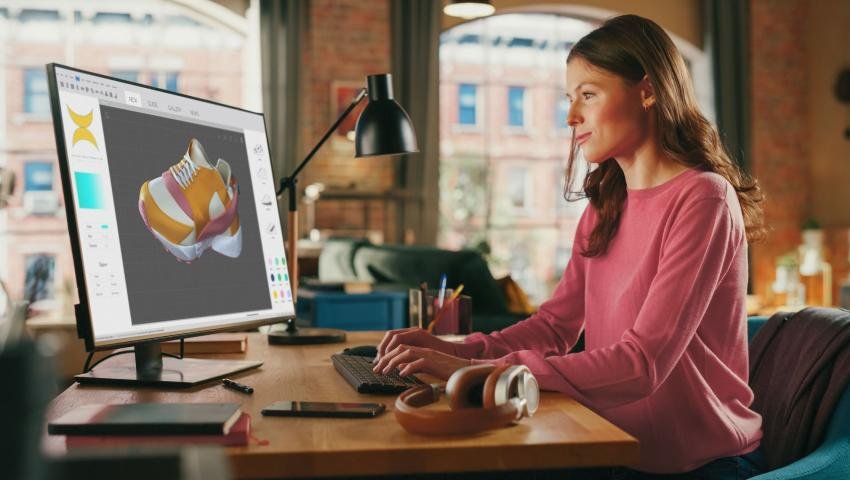
Storyboarding Like a Pro: Your Blueprint for Animated Success
Great animation starts with a great plan. Storyboarding Like a Pro: Your Blueprint for Animated Success guides you through the art of visual storytelling, helping you map out scenes, emotions, and action with clarity. Perfect for animators, filmmakers, and creators who want to bring their ideas to life with purpose and precision.
Storyboarding Like a Pro: Your Blueprint for Animated Success
Whether you're animating a short film, a YouTube explainer, or the next big Netflix series, storyboarding is your secret weapon. It’s where your idea meets structure—where imagination begins to take visual shape. In this blog, we’ll break down what storyboarding is, why it’s so important, and how you can master it like a pro—even if you're just getting started.
What Is a Storyboard?
A storyboard is a visual roadmap of your animation project. Think of it as a comic strip version of your film, breaking down each scene into individual frames. It helps you plan out the sequence, action, camera angles, and emotions before jumping into actual animation.
Whether it's sketched by hand or designed digitally, storyboards:
- Save time in production
- Highlight potential problems early
- Communicate your vision clearly to your team or clients
Why Storyboarding Matters
A great animation isn't just about moving objects—it's about telling a story. A storyboard:
- Ensures smooth storytelling flow
- Helps in visualizing camera movements and timing
- Acts as a blueprint for voiceover, background music, and sound effects
- Helps pitch your idea to clients or stakeholders with clarity
Even major studios like Pixar, Disney, and DreamWorks rely on extensive storyboards before animating a single frame.
Key Elements of a Professional Storyboard
To storyboard like a pro, focus on the following:
1. Scenes and Shots
Each board should represent a single moment or camera shot. Use arrows to show movement, and write notes for transitions or timing.
2. Character Poses and Expressions
Capture key emotions—your storyboard isn’t about drawing perfection; it’s about communicating motion and mood.
3. Camera Angles
Include notes like:
- CU (Close-Up)
- WS (Wide Shot)
- POV (Point of View)
This helps guide the visual storytelling and pacing.
4. Dialogue & Sound Notes
Add any relevant voiceover, dialogue, or sound cues below each frame so your team can align animation with audio.
Tools to Create Storyboards
You don’t need to be a master artist. Start with basic tools, and grow from there:
| Tool | Best For | Platform |
|---|---|---|
| Storyboarder | Beginners, simple interface | Free (Mac/Windows) |
| Toon Boom Storyboard Pro | Professional projects | Paid |
| Procreate | Hand-drawn storyboards | iPad |
| Canva or Google Slides | Simple presentations | Free (Web) |
You can even start on paper and pencil—just scan or photograph your work to digitize it later.
Pro Tips for Better Storyboards
- Keep it simple – Clarity beats complexity
- Use arrows to show movement or transitions
- Number your panels – makes it easier to rearrange later
- Leave space for notes – always include shot descriptions
- Practice pacing – quick scenes get fewer frames; slower scenes get more
From Boards to Breakthroughs
Once your storyboard is complete, it becomes your project’s foundation. Share it with your team, edit based on feedback, and use it to guide your animatics or pre-visualization process.
Remember, a well-crafted storyboard can mean the difference between confusion and clarity, chaos and creativity.
Example Storyboard Frames
(You can add visuals here—either simple sketches, frames from known animations, or digital samples from tools like Storyboarder.)
Final Thoughts
Storyboarding isn’t just prep—it’s storytelling in its purest form. The clearer your boards, the smoother your production. Whether you're working solo or collaborating with a team, a strong storyboard makes everything else easier.
So, grab that pencil (or tablet) and start sketching your vision—frame by frame.
Tooba Wajid
Leave a comment
Your email address will not be published. Required fields are marked *

